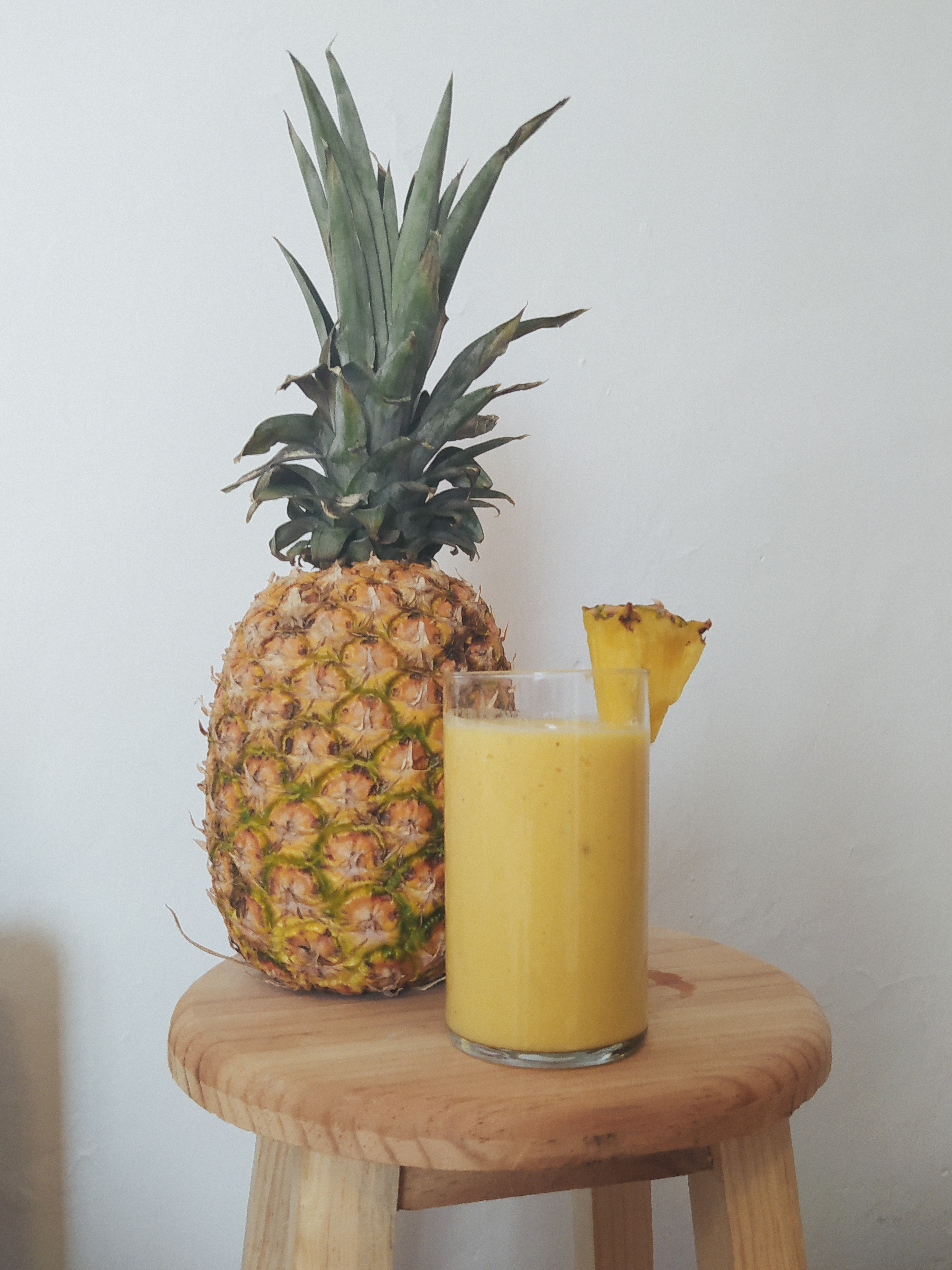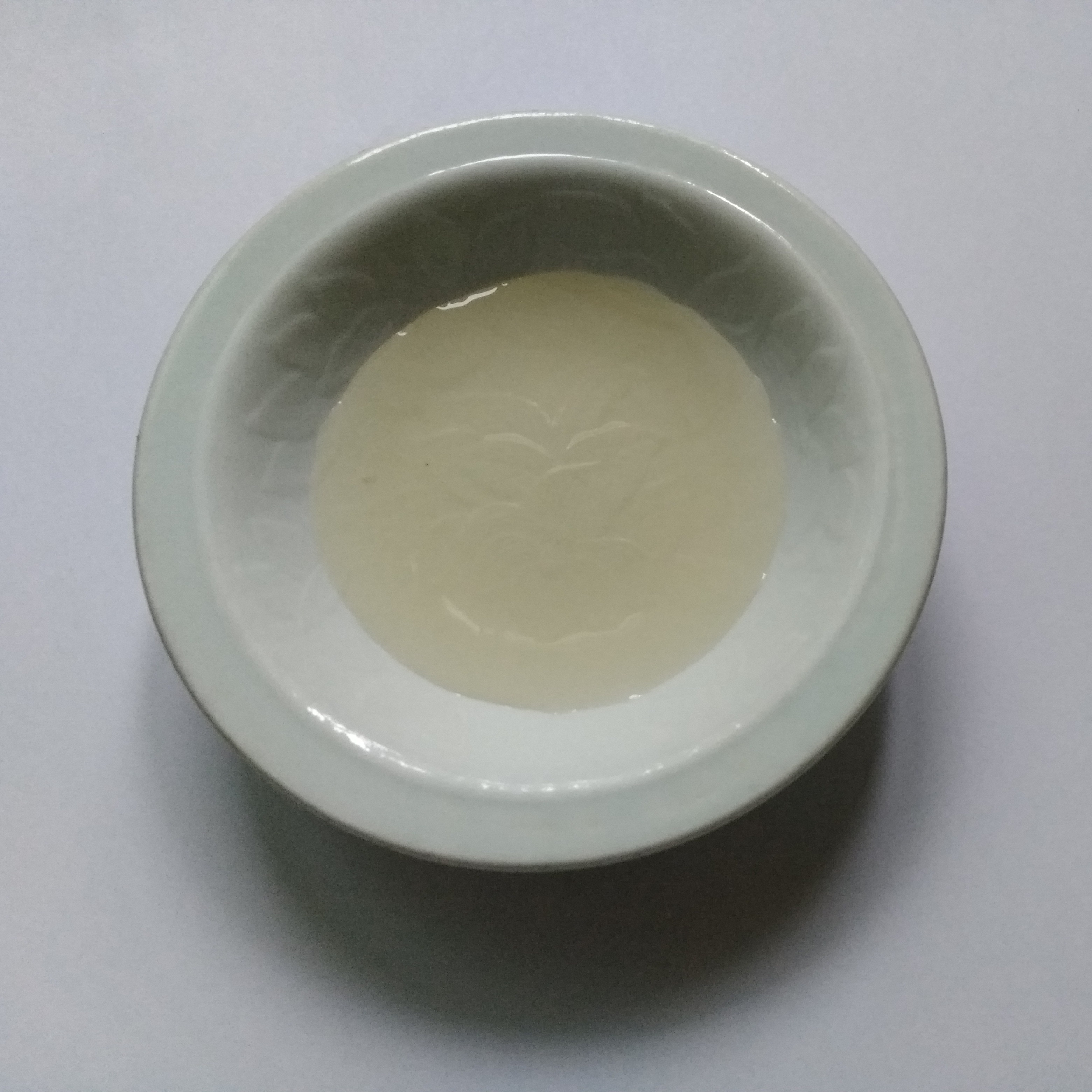|
Huli-huli Chicken
Huli-huli chicken is a grilled chicken dish in Hawaiian cuisine, prepared by barbecuing a chicken over mesquite wood, and basting it with a sweet huli-huli sauce. History In 1954, Ernest Morgado, a naval intelligence officer during World War II, and Mike Asagi, a chicken farmer, founded the Pacific Poultry Company in 'Ewa, Hawaii. The next year, at a meeting with farmers, Morgado and Asagi first barbecued chicken in a teriyaki-like sauce, Morgado's mother's recipe. After seeing its popularity, Morgado began cooking huli-huli chicken at fundraisers. Millions of dollars have been raised over the years for charities by selling huli-huli chicken, according to Morgado's stepson. Fundraisers at churches and schools selling huli-huli chicken were common around Hawaii for many years. ''Huli'' is the Hawaiian word for "turn." As the dish was originally made on a grill with a makeshift spit, onlookers shouted "huli" when the chickens were to be rotated, cooking and basting the other ... [...More Info...] [...Related Items...] OR: [Wikipedia] [Google] [Baidu] |
Entrée
An entrée (, ; ) in modern French table service and that of much of the English-speaking world (apart from the United States and parts of Canada) is a dish served before the main course of a meal. Outside North America, it is generally synonymous with the terms '' hors d'oeuvre'', appetizer, or starter. It may be the first dish served, or it may follow a soup or other small dish or dishes. In the United States and parts of Canada, the term ''entrée'' refers to the main dish or the only dish of a meal. Early use of the term The word ''entrée'' as a culinary term first appears in print around 1536, in the ''Petit traicté auquel verrez la maniere de faire cuisine'', in a collection of menus at the end of the book. There, the first stage of each meal is called the ''entree de table'' (entrance to the table); the second stage consists of '' potaiges'' (foods boiled or simmered "in pots"); the third consists of one or more ''services de rost'' (meat or fowl "roasted" in dry hea ... [...More Info...] [...Related Items...] OR: [Wikipedia] [Google] [Baidu] |
Pineapple Juice
Pineapple juice is a liquid made from pressing the natural liquid from the pulp of the pineapple (a fruit from a tropical plant). Numerous pineapple varieties may be used to manufacture commercial pineapple juice, the most common of which are ''Smooth Cayenne'', ''Red Spanish'', ''Queen'', and ''Abacaxi''. In manufacturing, pineapple juice is typically canned. It is used as a single or mixed juice beverage, and for smoothies, cocktails, culinary flavor, and as a meat tenderizer. Pineapple juice is a main ingredient in the ''piña colada'' and ''tepache''. History There is no record of how or when pineapples arrived in Hawaii, with some accounts of pineapples being washed ashore from a Spanish or Portuguese shipwreck or brought ashore by sailors. The fruit may have arrived with the Spanish years before the arrival of Captain James Cook in 1778, but another source states the first pineapple was planted by Don Francisco de Paula Marin. While Marin was a horticulturalist who intro ... [...More Info...] [...Related Items...] OR: [Wikipedia] [Google] [Baidu] |
Rice Wine Vinegar
Rice vinegar is a vinegar made from fermented rice in East Asia (China, Japan and Korea), as well as in Vietnam in Southeast Asia. It is used as a seasoning, dressing, and dipping in many dishes, including sushi, jiaozi, and banchans. Some of its variants are also a drink by themselves. Chinese Chinese rice vinegars are stronger than Japanese ones, and range in color from clear to various shades of red, brown and black and are therefore known as rice wine vinegars. Chinese vinegar are less acidic than their distilled Western counterparts which, for that reason, are not appropriate substitutes for rice vinegars. The majority of the Asian rice vinegars are also milder and sweeter than those typically used in the Western world, with black vinegars as a notable exception. Types White rice vinegar is a colorless to pale yellow liquid, more acidic than other Chinese vinegars, but still less acidic and milder in flavor than Western ones. Black vinegar is very popular in southern C ... [...More Info...] [...Related Items...] OR: [Wikipedia] [Google] [Baidu] |
Red Pepper Flakes
Crushed red pepper or red pepper flakes is a condiment or spice consisting of dried and crushed (as opposed to ground) red chili peppers. This condiment is most often produced from cayenne-type peppers, although commercial producers may use a variety of different cultivars, usually within the 30,000–50,000 Scoville unit range. Often there is a high ratio of seeds, which are erroneously believed to contain the most heat. Crushed red pepper is used by food manufacturers in pickling blends, chowders, spaghetti sauce, pizza sauce, soups and sausage. Crushed red pepper in Turkey, served as a common condiment with very few seeds, is known as ''pul biber''. One specially prepared variety of it is the '' urfa pul biber'' (''isot''). Background Crushed red pepper, known for its spicy heat, comes with a range of ''capsicum'' peppers. Red pepper chilis originally start off green before ripening into an orange-red to deep dark red color and are best grown in the summer months—between ... [...More Info...] [...Related Items...] OR: [Wikipedia] [Google] [Baidu] |
Sriracha
Sriracha ( or ; th, ศรีราชา, ) is a type of hot sauce or chili sauce made from a paste of chili peppers, distilled vinegar, garlic, sugar, and salt. Use In Thailand, sriracha is frequently used as a dipping sauce, particularly for seafood and omelets. In Vietnamese cuisine, sriracha appears as a condiment for phở and fried noodles, as a topping for spring rolls (''chả giò''), and in sauces. Sriracha is also eaten in soup, on eggs and burgers. Jams, lollipops, and cocktails have all been made using the sauce, and sriracha-flavored potato chips have been marketed. Origin The sauce was first produced by a Thai woman named Thanom Chakkapak in the town of Si Racha (or Sriracha), Thailand. Variations Thailand In Thailand, the sauce is most often called ''sot Siracha'' ( th, ซอสศรีราชา) and only sometimes ''nam phrik Siracha'' ( th, น้ำพริกศรีราชา). Traditional Thai sriracha sauce tends to be tangier in taste ... [...More Info...] [...Related Items...] OR: [Wikipedia] [Google] [Baidu] |
Lemon Juice
The lemon (''Citrus limon'') is a species of small evergreen trees in the flowering plant family Rutaceae, native to Asia, primarily Northeast India (Assam), Northern Myanmar or China. The tree's ellipsoidal yellow fruit is used for culinary and non-culinary purposes throughout the world, primarily for its juice, which has both culinary and cleaning uses. The pulp and rind are also used in cooking and baking. The juice of the lemon is about 5% to 6% citric acid, with a pH of around 2.2, giving it a sour taste. The distinctive sour taste of lemon juice makes it a key ingredient in drinks and foods such as lemonade and lemon meringue pie. History The origin of the lemon is unknown, though lemons are thought to have first grown in Assam (a region in northeast India), northern Myanmar or China. A genomic study of the lemon indicated it was a hybrid between bitter orange (sour orange) and citron. Lemons are supposed to have entered Europe near southern Italy no later than ... [...More Info...] [...Related Items...] OR: [Wikipedia] [Google] [Baidu] |
Garlic
Garlic (''Allium sativum'') is a species of bulbous flowering plant in the genus ''Allium''. Its close relatives include the onion, shallot, leek, chive, Allium fistulosum, Welsh onion and Allium chinense, Chinese onion. It is native to South Asia, Central Asia and northeastern Iran and has long been used as a seasoning worldwide, with a history of several thousand years of human consumption and use. It was known to ancient Egyptians and has been used as both a food flavoring and a traditional medicine. China produces 76% of the world's supply of garlic. Etymology The word ''garlic'' derives from Old English, ''garlēac'', meaning ''gar'' (spear) and leek, as a 'spear-shaped leek'. Description ''Allium sativum'' is a perennial flowering plant growing from a bulb. It has a tall, erect flowering stem that grows up to . The leaf blade is flat, linear, solid, and approximately wide, with an acute apex. The plant may produce pink to purple flowers from July to September in the Nort ... [...More Info...] [...Related Items...] OR: [Wikipedia] [Google] [Baidu] |
Ginger
Ginger (''Zingiber officinale'') is a flowering plant whose rhizome, ginger root or ginger, is widely used as a spice A spice is a seed, fruit, root, bark, or other plant substance primarily used for flavoring or coloring food. Spices are distinguished from herbs, which are the leaves, flowers, or stems of plants used for flavoring or as a garnish. Spice ... and a folk medicine. It is a herbaceous perennial plant, perennial which grows annual pseudostems (false stems made of the rolled bases of leaves) about one meter tall bearing narrow leaf blades. The inflorescences bear flowers having pale yellow petals with purple edges, and arise directly from the rhizome on separate shoots. Ginger is in the family (taxonomy), family Zingiberaceae, which also includes turmeric (''Curcuma longa''), cardamom (''Elettaria cardamomum''), and galangal. Ginger originated in Maritime Southeast Asia and was likely domesticated first by the Austronesian peoples. It was transported with ... [...More Info...] [...Related Items...] OR: [Wikipedia] [Google] [Baidu] |
Sesame Oil
Sesame oil is an edible vegetable oil derived from sesame seeds. The oil is one of the earliest-known crop-based oils. Worldwide mass modern production is limited due to the inefficient manual harvesting process required to extract the oil. Oil made from raw seeds, which may or may not be cold-pressed, is used as a cooking oil. Oil made from toasted seeds is used for its distinctive nutty aroma and taste, although it may be unsuitable for frying, which makes it taste burnt and bitter. Composition Sesame oil is composed of the following fatty acids: linoleic acid (41% of total), oleic acid (39%), palmitic acid (8%), stearic acid (5%) and others in small amounts. History Historically, sesame was cultivated more than 5000 years ago as a drought-tolerant crop which was able to grow where other crops failed. Sesame seeds were one of the first crops processed for oil as well as one of the earliest condiments. Sesame was cultivated during the Indus Valley civilization and was t ... [...More Info...] [...Related Items...] OR: [Wikipedia] [Google] [Baidu] |
Brown Sugar
Brown sugar is unrefined or partially refined soft sugar. Brown Sugar may also refer to: Arts, entertainment, and media Films * ''Brown Sugar'' (1922 film), a 1922 British silent film directed by Fred Paul * ''Brown Sugar'' (1931 film), a 1931 British romantic drama starring Constance Carpenter * ''Brown Sugar'' (2002 film), a 2002 American romantic drama starring Taye Diggs Music Artists * Clydie King (1943–2019), also known as Brown Sugar, American singer, member of the vocal group The Raelettes * Brown Sugar (group), a British female vocal reggae group formed in 1976 Albums * ''Brown Sugar'' (D'Angelo album) * ''Brown Sugar'' (Freddie Roach album) a 1964 album by jazz organist Freddie Roach * ''Brown Sugar'' (soundtrack), the soundtrack to the 2002 film Songs * "Brown Sugar" (D'Angelo song) * "Brown Sugar" (Rolling Stones song), by the Rolling Stones *"Brown Sugar", a song by John Mayall from his 1967 album ''The Blues Alone'' * "Brown Sugar", song by ZZ Top from ' ... [...More Info...] [...Related Items...] OR: [Wikipedia] [Google] [Baidu] |
.jpg)







